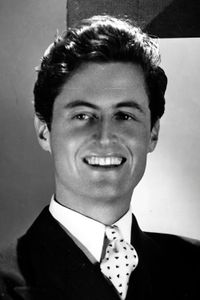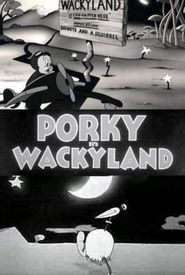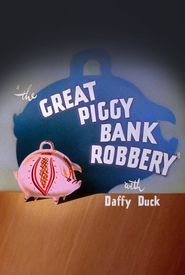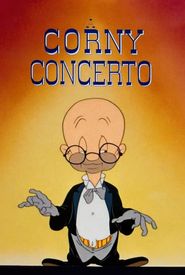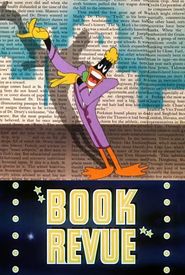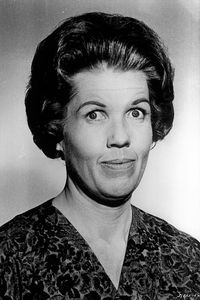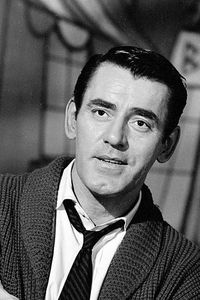Robert Clampett was born in San Diego, California, where his childhood was monumentally influenced by the 1925 film "The Lost World". This experience inspired him to create a sea-serpent sock-puppet that he used in puppet shows to entertain the neighborhood kids, which in turn led him to design a stuffed Mickey Mouse toy that became the prototype for the first mass-produced Mickey Mouse doll.
Between 1931 and 1947, Clampett worked as an animator and later director for Leon Schlesinger Productions, which later became Warner Brothers Animation. During this time, he collaborated with his boss, Tex Avery, and developed a reputation as the wackiest and most cartoonish director.
Clampett also developed a test for an animated adaptation of "John Carter of Mars", but despite the support of the author Edgar Rice Burroughs, the project failed to materialize.
Some of Clampett's most famous works include the Dalí-inspired "Porky in Wackyland" (1938),his adaptation of the Dr. Seuss book "Horton Hatches the Egg" (1942),the all-black cast musical "Coal Black and de Sebben Dwarfs" (1943),the Fantasia parody "A Corny Concerto" (1943),and "The Great Piggy Bank Robbery" (1946),which featured the acerbic irreverence of Daffy Duck.
After leaving Warner Brothers Animation in 1947, Clampett worked briefly at Columbia and Republic, before being inspired by the innovation of television to resurrect his old sea-serpent puppet and create the phenomenally successful "Time for Beany" (1949) puppet television show, which was acclaimed by the likes of Albert Einstein and Groucho Marx.
Clampett later returned to animation as a supervising producer on a cartoon series based on the characters of his puppet show, "Matty's Funnies with Beany and Cecil" (1959).
